The rigid winter months can be a tough time for all plant parents. They involve readjusting the watering and feeding schedule, frantically running around your home to trying find which areas get sunlight throughout the day, moving sensitive plants away from drafty windows, and strategically turning on your heat to spare them from drying out. Luckily, these indoor and outdoor winter plants are prepared to survive all of these harsh conditions.
Indoor
1. Snake Plant
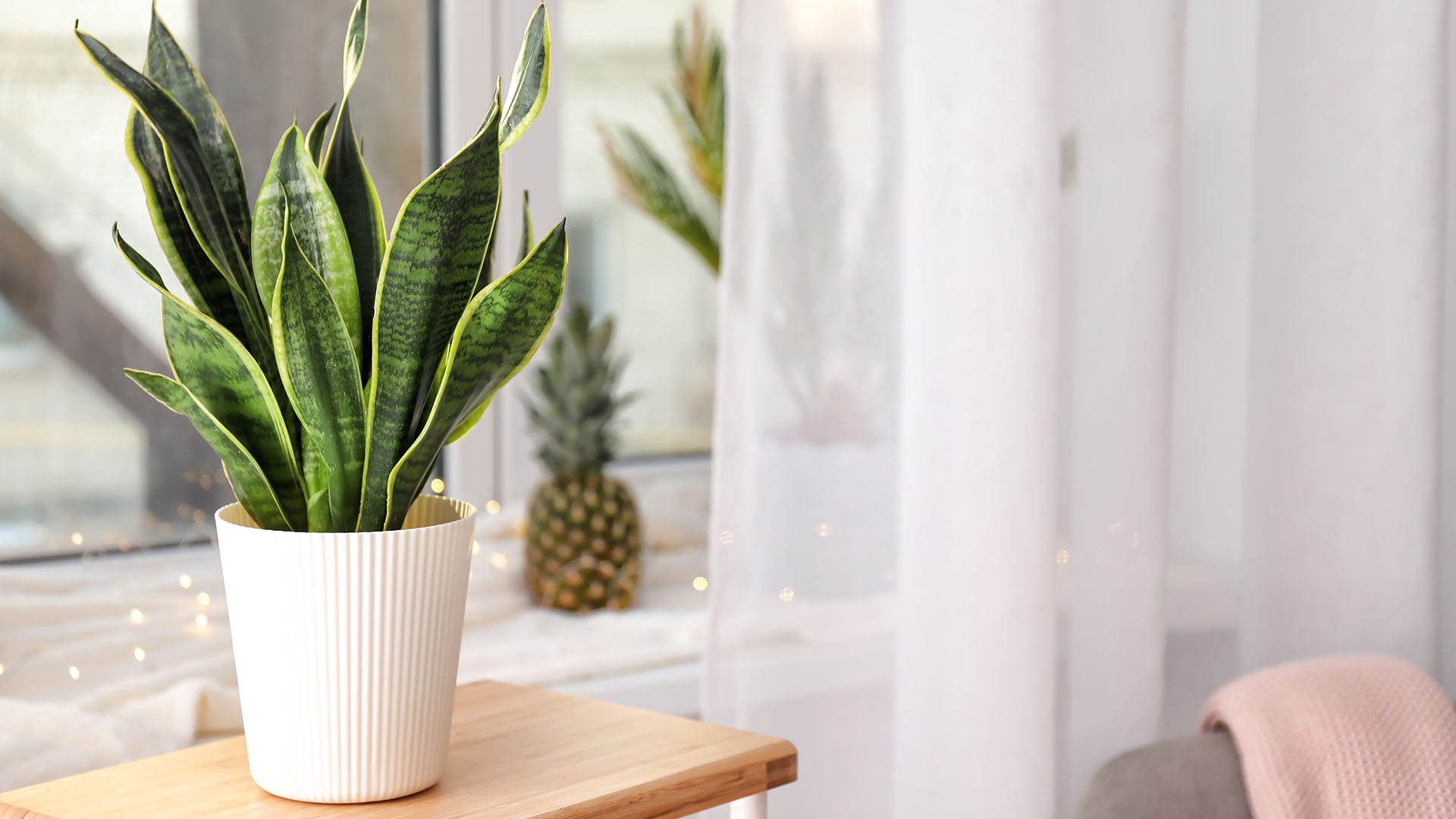
According to the Creative Director of PlantShed, Casey Godlove, the snake plant is “nearly indestructible”. The snake plant, or sansevieria laurentii, is considered by experts to be one of the most low-maintenance winter houseplants. According to Tara Heibel, founder of Sprout Home, “Sansevierias will bear with you while you figure out the sunlight patterns in your place during the dreary winter months… They are not fussy about being in the perfect lighting scenario and can handle a lower light frequency.”
These plants can withstand drafty windows, heat from heaters or radiators, less humidity, and even windowless rooms. Because the snake plant grows in naturally dry climates, it is especially drought-tolerant as well. And, if you already have a snake plant you love, you can experiment with some of the other varieties such as sansevieria cylindrica and sansevieria masoniana, which are aesthetically different but just as durable.
2. White Christmas Cactus
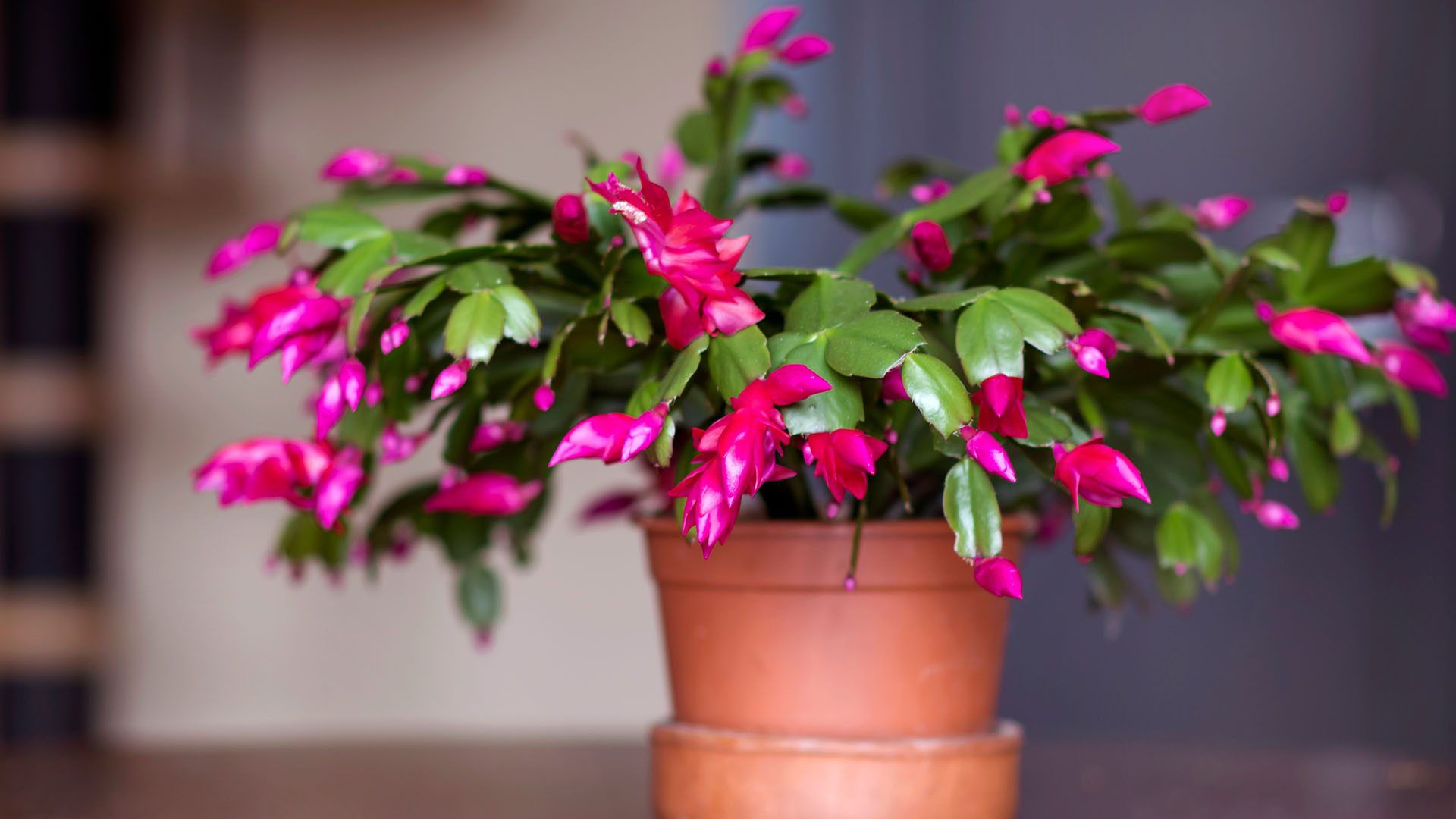
The schlumbergera cactus, or White Christmas Cactus, is one of the rare houseplants that will actually bloom in the winter. With fluffy bell-like white or red blooms, these colorful additions to the household typically thrive between the months of November and January. An excellent non-toxic option as well, these plants prefer protection from intense sunlight so they’re perfect for those dark winter months (and for the holidays).
3. Haworthia
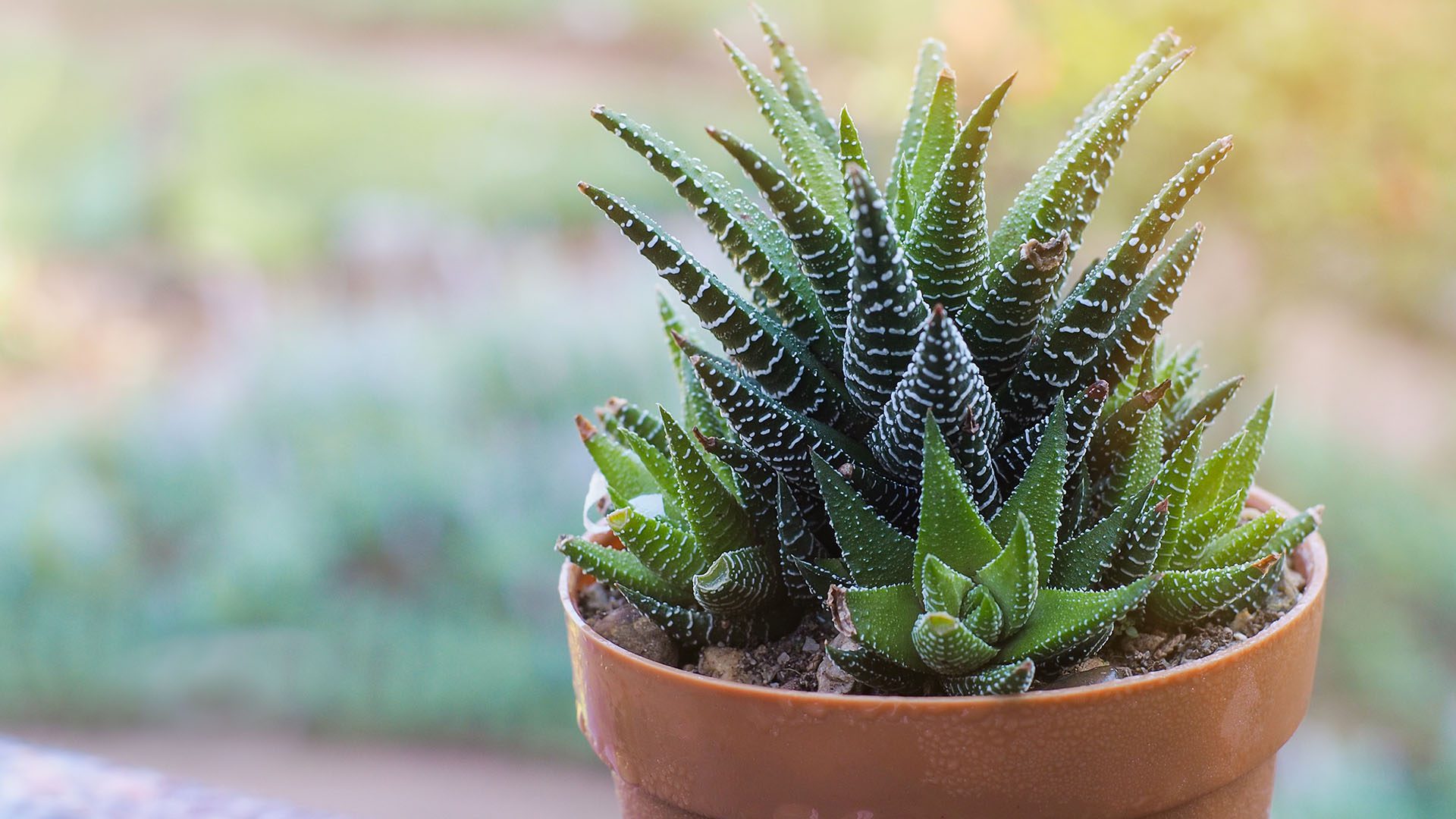
Another pet-safe option, succulents and cacti are generally low-maintenance plants and this one is no exception. According to Erin Marino, director of marketing at the Sill, “They’re found in the desert, where it doesn’t rain a lot and there’s not a lot of humidity, so they’re not going to mind this at all during the winter.” These plants can be placed near the drafty windows in your house as they will require a good amount of sunlight, but they can tolerate the cold better even better than the sansevieria.
Outdoor
1. Cast Iron Plant
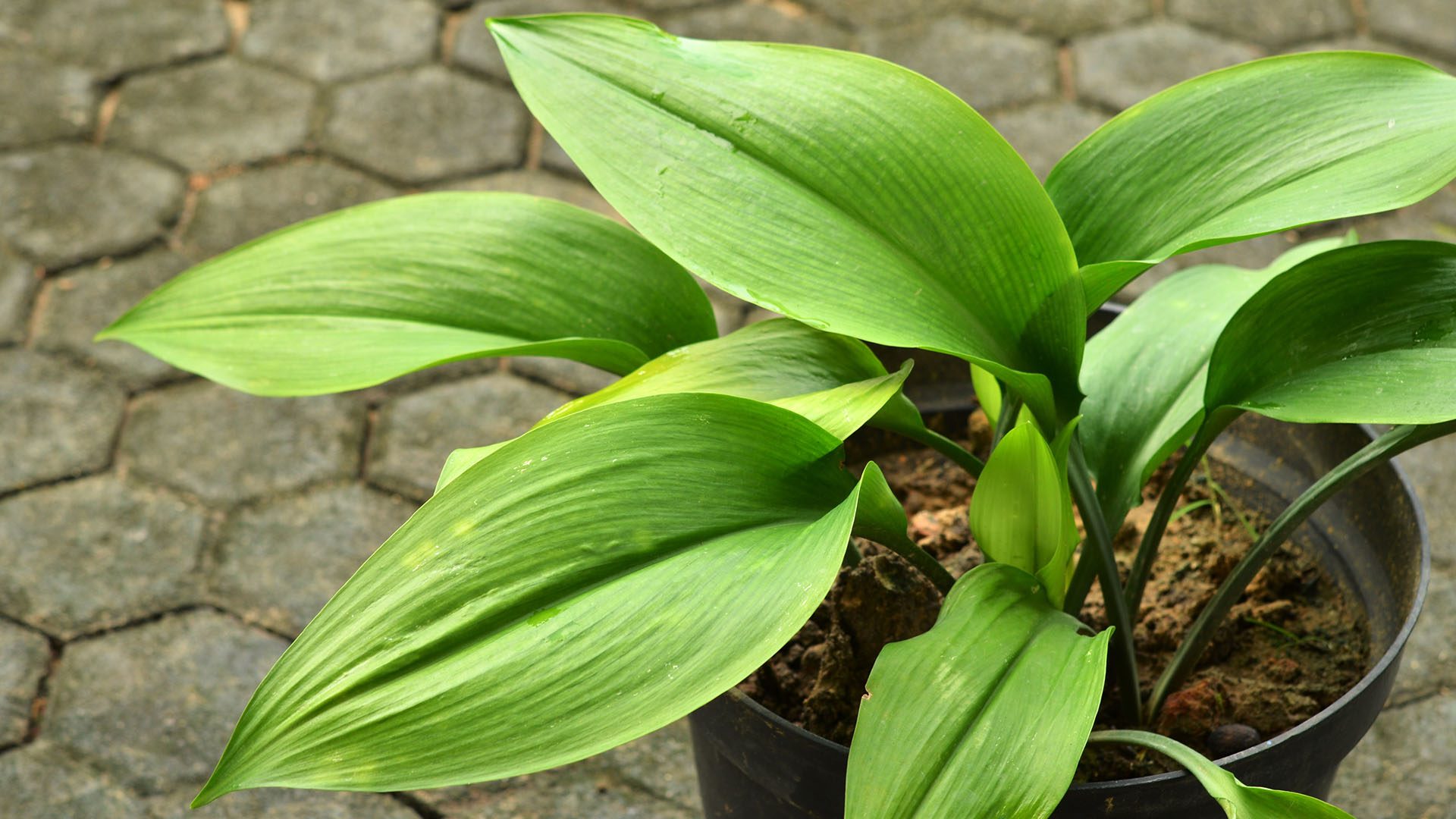
Cast iron plants or aspidistra elatior are Asian-native plants that are extremely cold-resistant. Living up to their name, these plants may appear tropical but they are actually hardy to Zone 6, meaning that they can withstand temperatures as low as 10 degrees. These outdoor plants are also heat and drought-resistant, so they’re perfect for locations that have drastic temperature shifts during the winter months. Perfect for a covered patio or porch, the cast iron plant prefers shade and is dormant during the winter months so they won’t need to be fertilized.
2. Golden Duke Eastern Hemlock
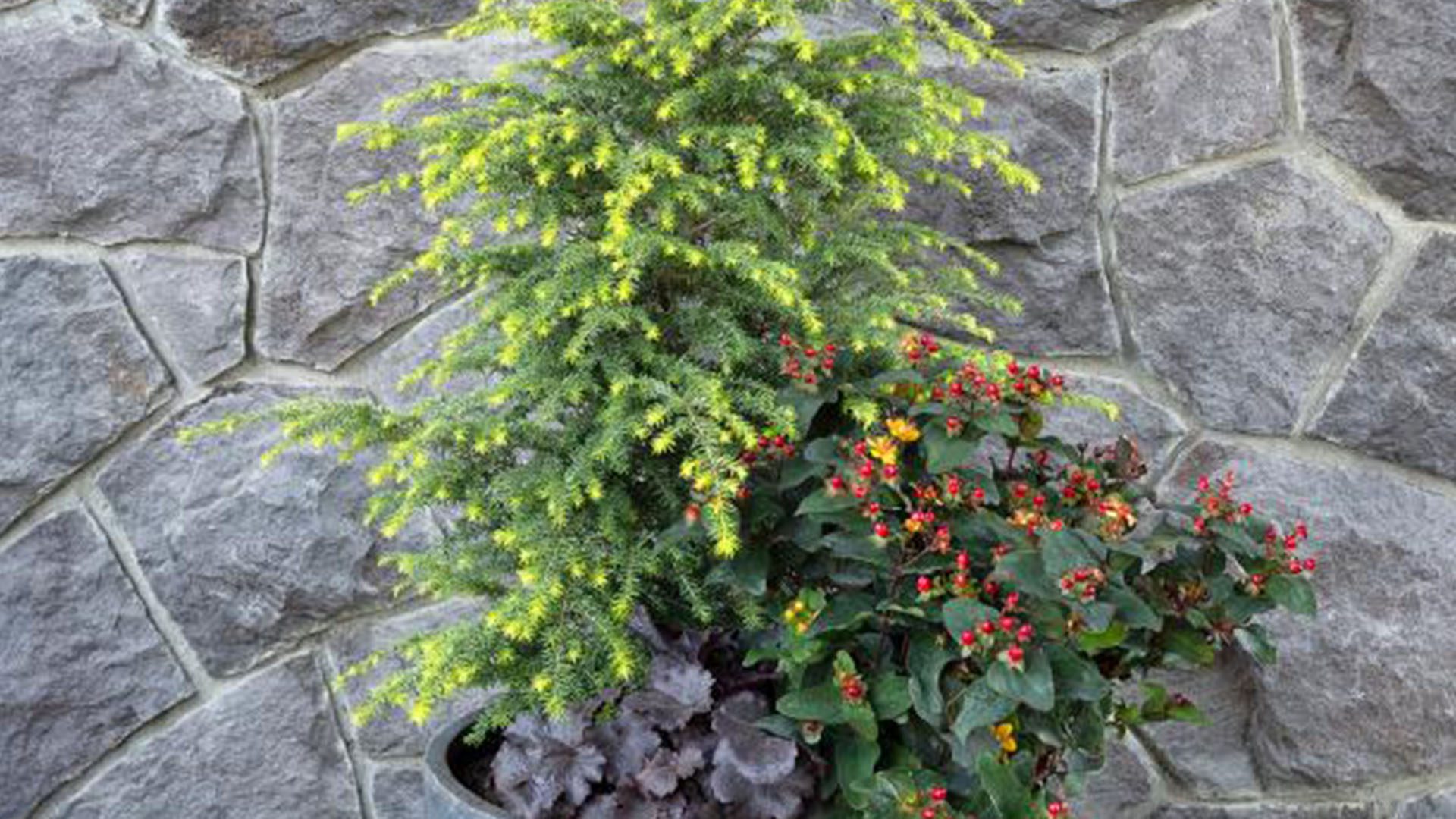
Hardy to Zone 4, the golden duke eastern hemlock or tsuga canadensis ‘Monjers’ is able to withstand extremely cold temperatures. This plant is also more tolerant toward the sun than some other winter-resilient outdoor options, so it’s perfect for adding a pop of bright yellow color to the sunny side of your home. It’s also friendly enough that you could pot it with other colorful and hardy plants, such as FloralBerry or heuchera.
3. Compact Oregon Grape
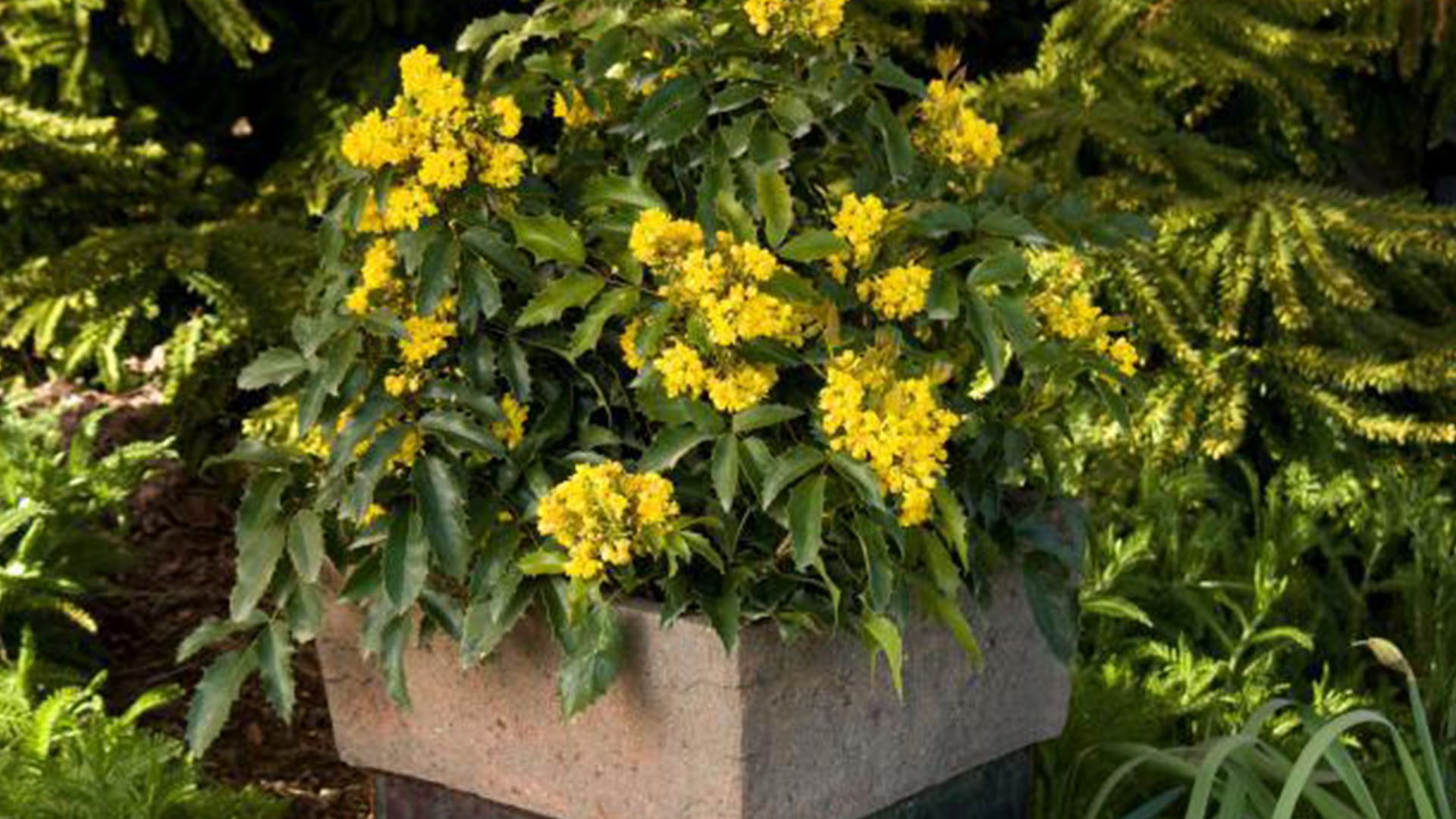
Another plant that thrives in the winter, the compact Oregon grape’s foliage turns a beautiful purple-red color in the winter. Adding a pop of color to the outdoor landscape, the mahonia aquifolium ‘Compacta’ grows to roughly 2 or 3 feet tall so you won’t have to worry about repotting it as it grows. Hardy to Zone 5, this resilient winter plant can survive below-zero temperatures. Thriving best in partial shade and with less water during the winter months, this plant also produces yellow flowers in the spring so it will provide color to your garden or patio all year round.
For more blogs about winter, check out if real or artificial Christmas trees are more environmentally friendly, best botanical gardens to visit, space events to look forward to, and the best ways to escape the winter.




